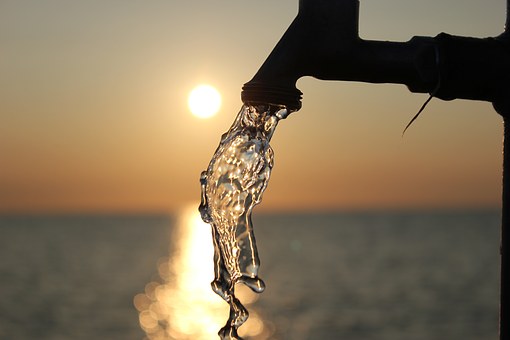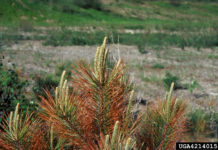
Every year the state of Minnesota tests community water supplies, conducted by the Minnesota Department of Health (MDH). The annual MDH report is the result of 64,000 separate tests fro more than 100 potential contaminants; ranging from lead and arsenic to bacteria such as Coliform.
The report includes results for community and noncommunity public water systems, and includes water systems serving at the minimum 15 service connections or on average 25 people for 60 days a year. There are 6,787 public water systems, including 967 community systems that provide water to homes and 5,820 noncommunity systems that server water to people in places such as schools, factories, restaurants, etc.
The importance of keeping our drinking water safe has become even more of a priority after recent news stories of cities having drinking water crisis:
- Flint, Michigan and its lead problems in drinking water.
- Charleston, West Virginia had a chemical unregulated by the Safe Drinking Water Act leak form a tank which contaminated the cities water supply making it undrinkable.
- Toledo, Ohio had to issue a “Do Not Drink” warning to a half million residents after an algae bloom with toxins overwhelmed their water treatment facilities
- Des Moines, Iowa allowed rising nitrate levels in rivers that supply the city its water to rise to a level that is now costing residents millions of dollars in order to make it drinkable.
The good news for all of us Minnesotans is that our state has a long record of federal drinking water compliance and keeping our drinking water supplies healthy. But there are still challenges that the state will need to face such as aging treatment plants and water mains and managing threats such as lead, algae blooms, and contamination such as in Charleston from chemicals, pesticides, and bacteria that are not currently monitored under the Safe Drinking Water Act (SDWA).
In 2016 there were only rare problems of contamination in 6,700 public water supplies that provided water to not only residential homes but also to places such as restaurants, schools, and resorts.
Pesticides and Industrial Contaminants
There were 42,114 tests conducted looking for the levels of Pesticides and Industrial Contaminants in 2016. Only one system violated drinking water standards fro carbon tetrachloride and is currently working to remedy the situation.
Bacterial Contamination
Throughout the state 31 community systems, including 16 municipal systems were found to have some sort of bacterial contamination. There were 218 samples that tested positive out of 6,000. These systems found to have bacteria were flushed and disinfected with help of MDH staff. The water was then retested to ensure the issue was remedied.
Nitrate/Nitrite
There was only one community system in the state that exceeded the standard for nitrate. The residents using the system were notified of the issue. The system was then dilluted with use of the backup system to bring levels to meet drinking water standard. Source water protection methods are now being used to prevent this issue in the future.
Arsenic
Testing for Arsenic this year found that six community water systems exceeded the standard for 2016. There were no restrictions placed on any of these water systems for water consumption but residents were notified. (It can take years drinking water at the levels found to have adverse effects. Anyone concerned was directed to speak to a physician). Each system has begun to take steps to rectify this situation such as researching, starting, or completing approved infrastructure or operational changes.
Radium 226 & 228/Gross Alpa Emitters
This radioactive elements are naturally occurring in the ground and therefore can find there way into a drinking water supply. There were two municipal systems that exceeded the standard for radioactive gross alpha emitters. As with the systems that had arsenic, residents were notified there was no immediate risk and that approved operational and infrastructure changes were being made.
Lead and Copper
These two contaminants are rarely found in source water for a drinking supply. The most common reason they are found in drinking water is due to it dissolving from parts of the distribution system, most commonly lead or copper pipes in a person’s home. Testing for these two contaminants is done at the home level. If more than 10 percent of sampled homes are above the action level the system will be deemed as being out of compliance.
Last year six community systems and seven noncommunity systems were found to be out of compliance for lead. Ten noncommunity systems were in violations for copper levels.
All these systems are working with MDH and conducting a public education program.
Minnesota is Safe
The Minnesota drinking water supply is in a good place. But we can’t sit back and not continue to work towards bettering our current drinking water supplies. There will need to be a continued effort to protect our source ground and surface waters, have emergency protocols in place to deal with spills, storms, and events like algae blooms, monitoring and understanding risks to private wells, and the continued investment in repairing, upgrading, and replacing public drinking water infrastructure.
(All information in this article can be found in the MN Annual Drinking Water Report)
















